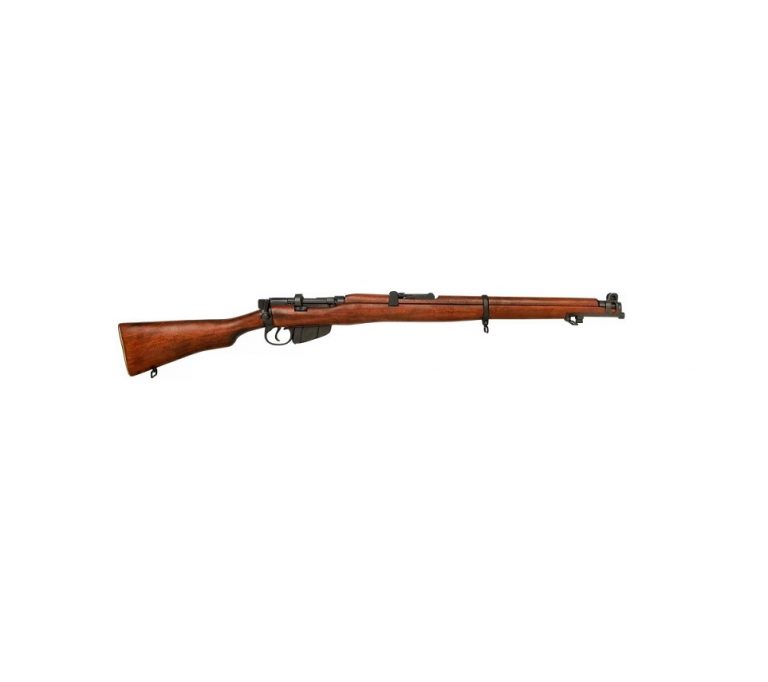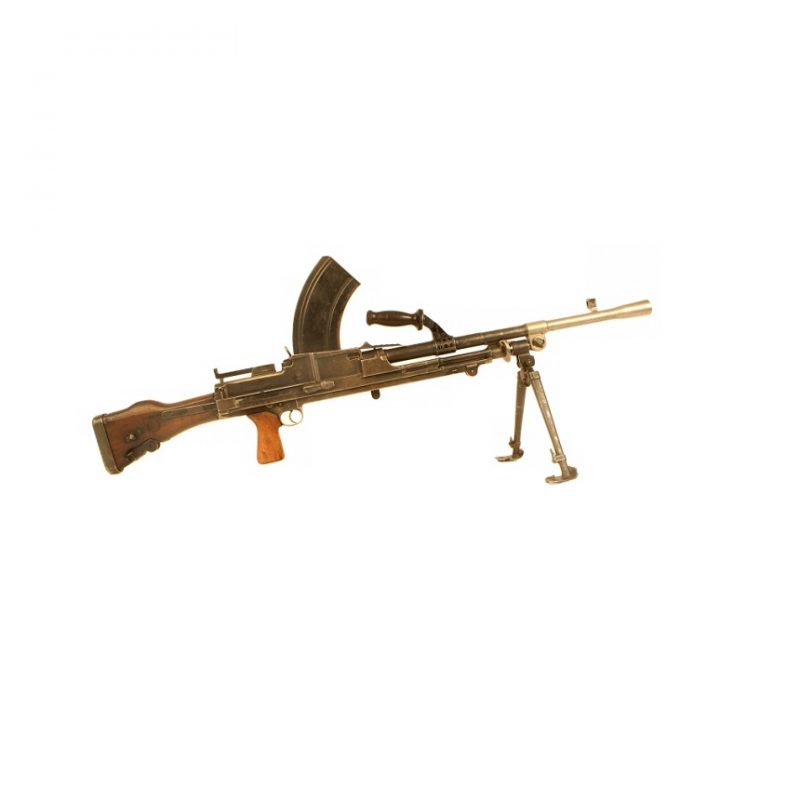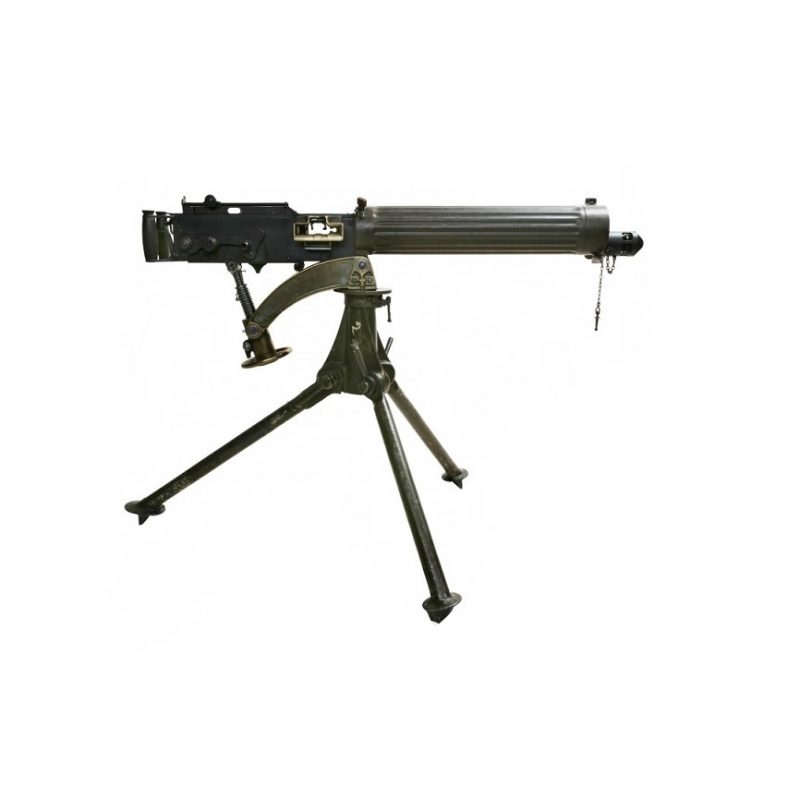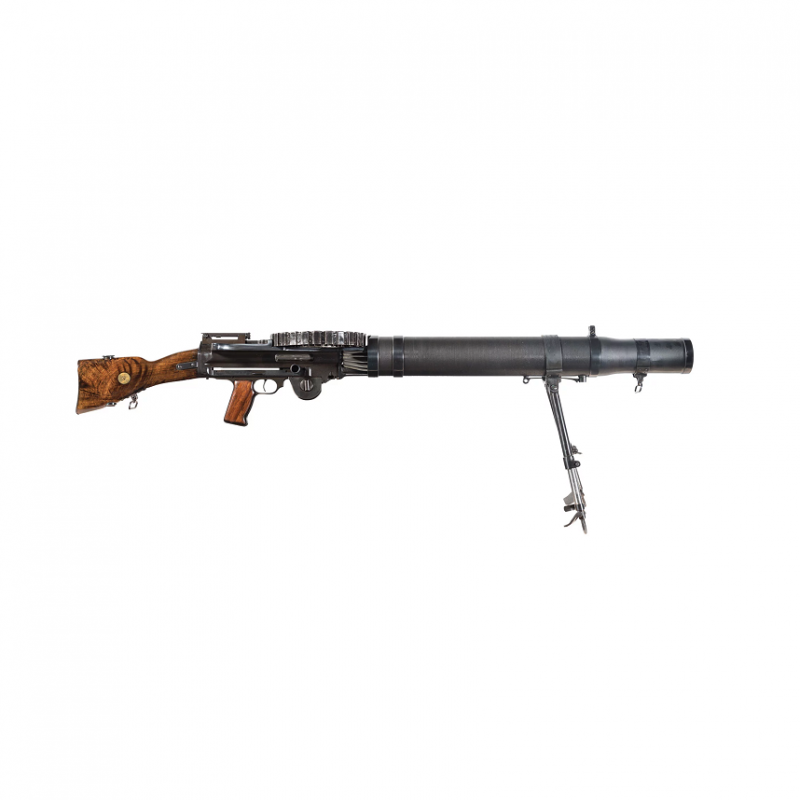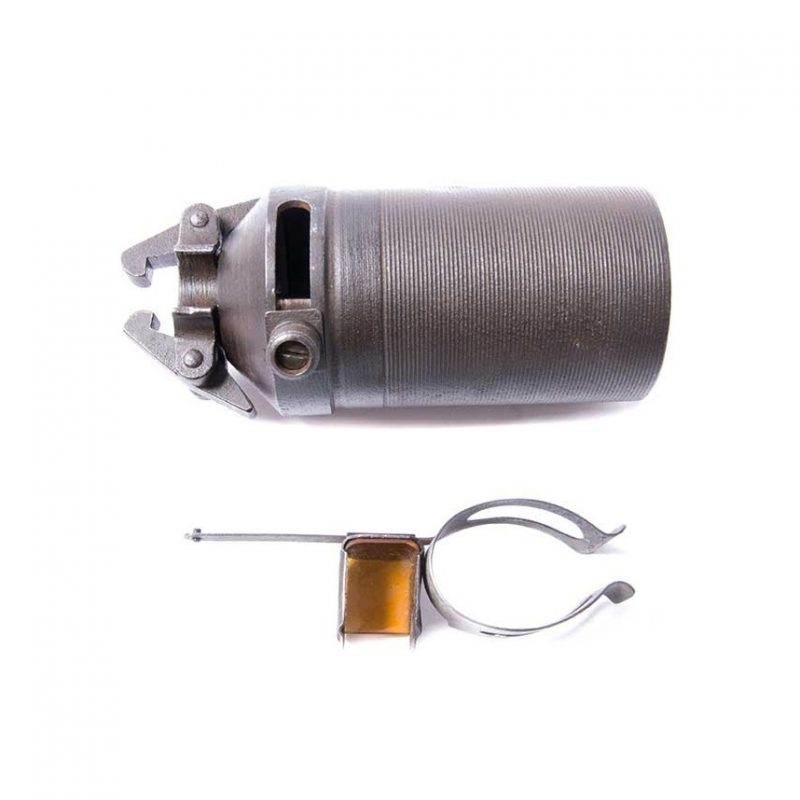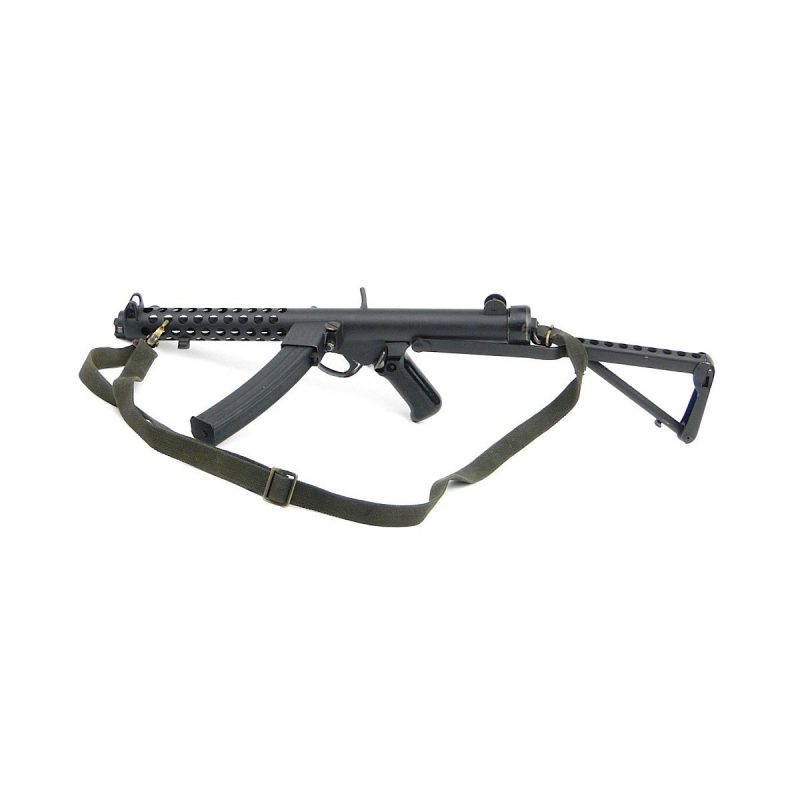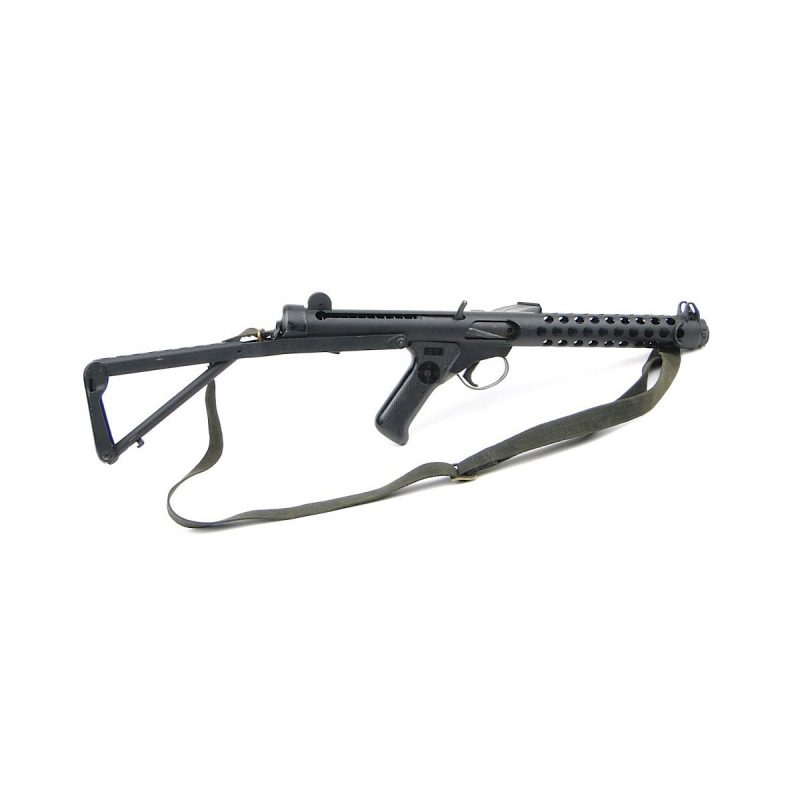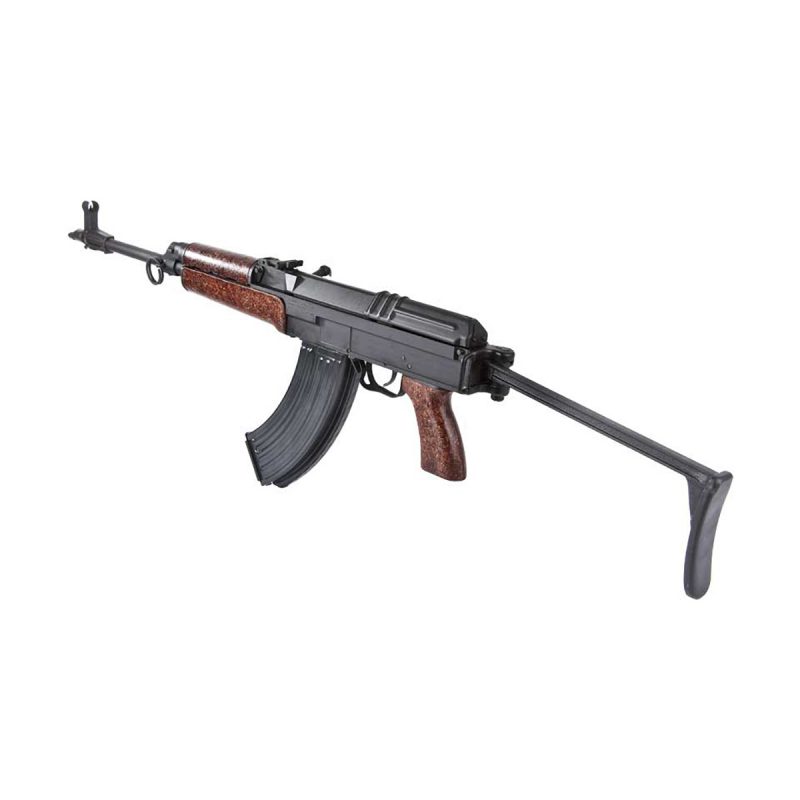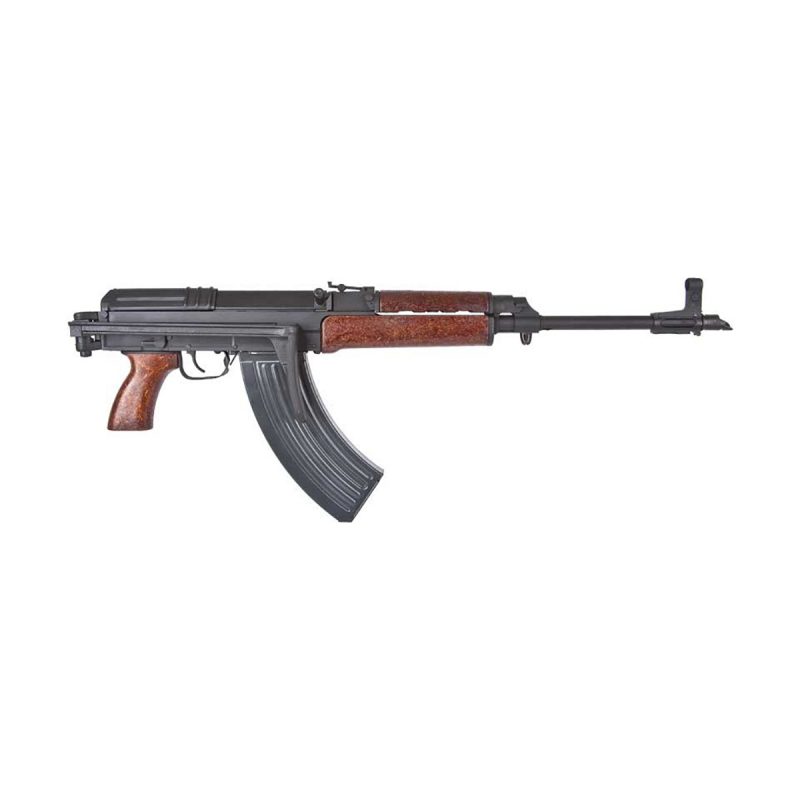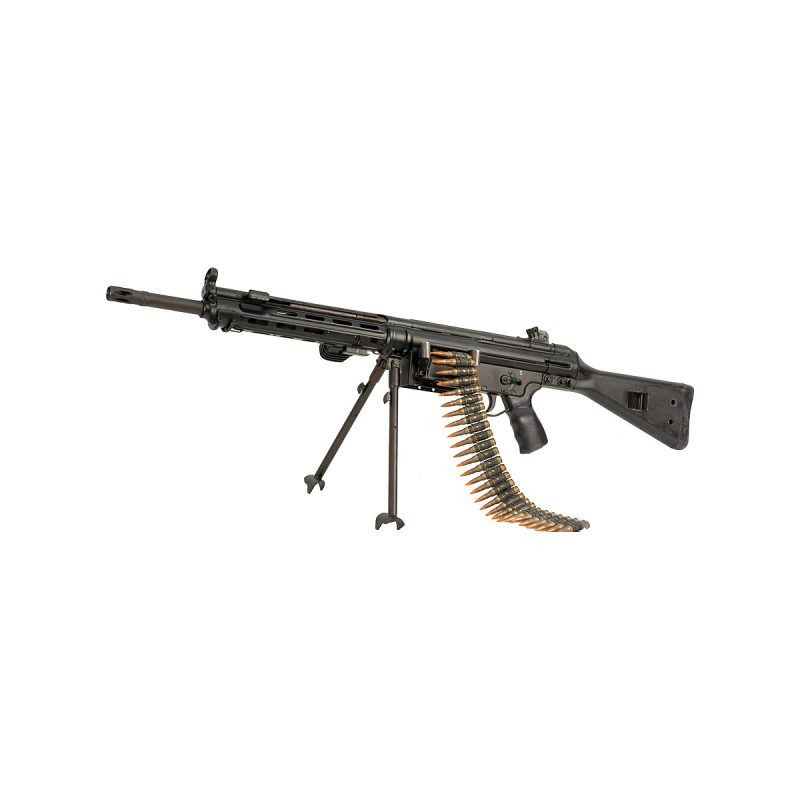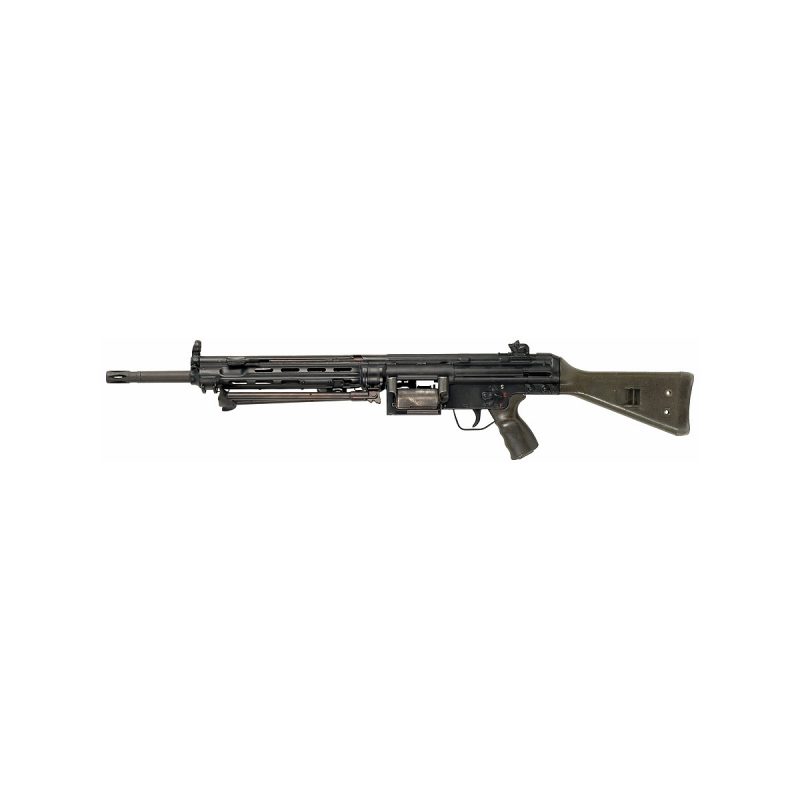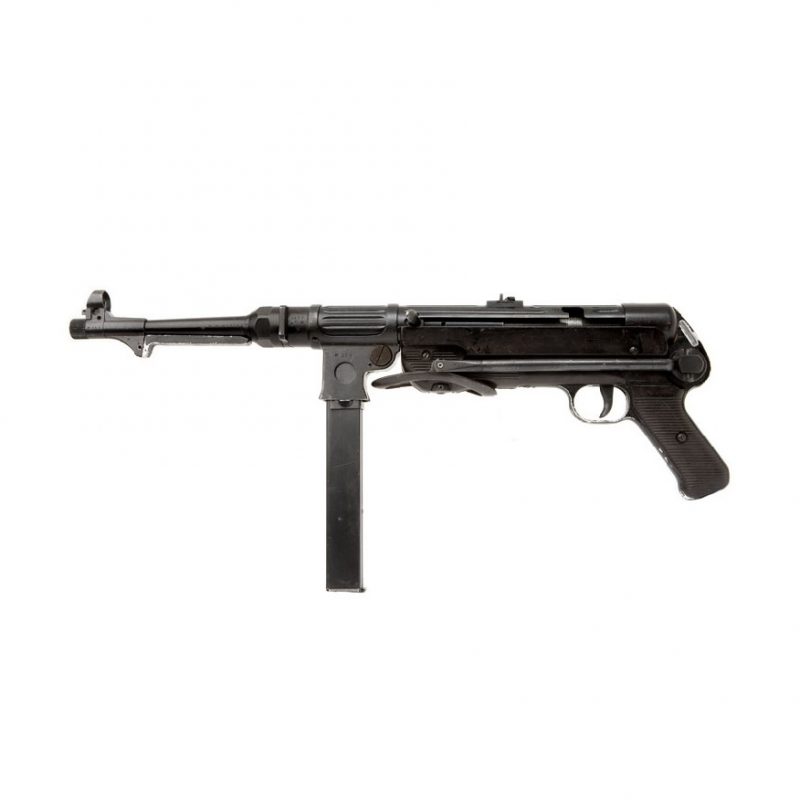Description
The British Lee-Enfield is rightfully regarded as one of the most reliable and accurate bolt action military rifles of the 20th century.
The name is an amalgamation of its two creators, James Paris Lee, who designed the action and 10 round box magazine and the Royal Small Arms Factory (RSAF) Enfield.
Their original 1895 design was named the ‘.303 calibre, Rifle, Magazine, Lee–Enfield’, which was heavily based on the current in service rifle, the Lee–Metford and visually they were near identical. It wasn’t until 1904 that the iconic SMLE (Short Magazine Lee-Enfield) designated the Mk 1, with its flat metallic nose cap was born.
After some initial fine tuning, predominantly with rear sight, stock and cartridge slider housing designs all being altered. As well as the chamber being strengthened to accept a more powerful .303 cartridge, the rifle was officially re-designated the Mk 3 and on the 26 January 1907 it became the new standard issue rifle of all British and Commonwealth armed forces.
Shortly after introduction, World War 1 broke out and with the understandable production demands, the Mk3 design was simplified to cut costs and speed up production. As a result the magazine cut of plate, long range (side mounted) sight and rear sight windage adjustment were axed from the design. This new modified rifle was simply designated the Mk 3*.
Aside from its famous 1907 pattern bayonet, the Mk 3* could be fitted with a front mounted wire cutter or mills bomb launching cup. As well as a telescopic scope for sniper/sharp shooter use.
The Mk3 would continue service with the British Army throughout WW1, through to WW2, where as the war progressed it would be replaced by the upgraded No4 Lee-Enfield. However it would still see extensive service throughout the desert and jungle campaigns, as well as remain in service with commonwealth forces such as India for decades to follow.
Having been produced in such high numbers and having seen service in so many theaters of operations during WW1 & WW2, post war, amongst the chaos of the repatriations and clean-ups, weapons such as this readily found themselves in the hands of the criminal underworld and paramilitaries. Their presence in these organizations would last for decades and even today the odd example still appears in an obscure civil war or police seizure.
Designer: James Paris Lee & RSAF Enfield
Designed: Early 1900’s
Manufacturer: RSAF Enfield, The Birmingham Small Arms Company Limited and London Small Arms Co. Ltd (Plus many overseas license holders).
Produced: 1904-Present
